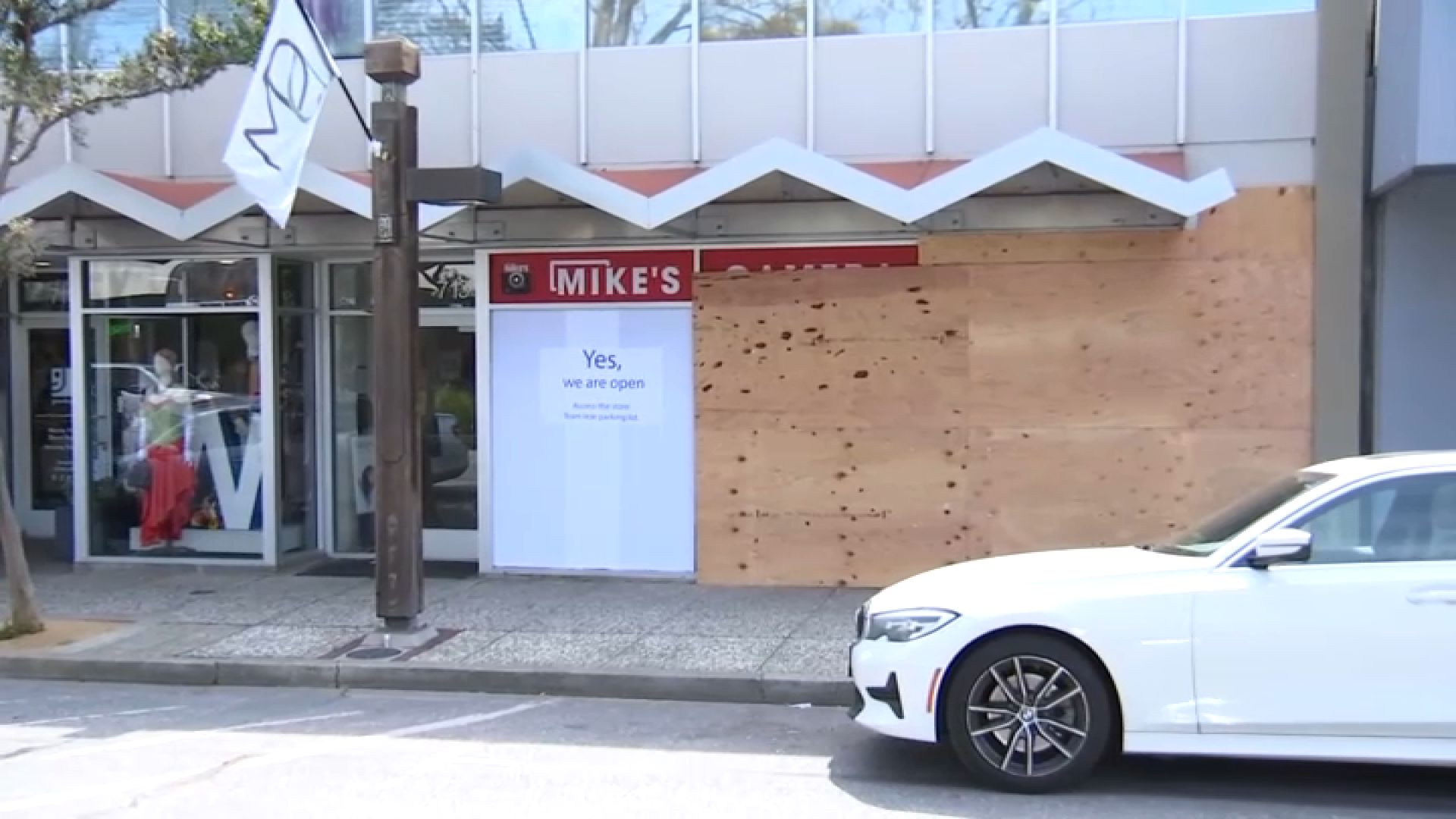Gov. Gavin Newsom on Thursday, from a Caltrain station in the South Bay, highlighted some of the transportation and infrastructure investments proposed in his budget plan.
The governor's plan, dubbed the California Blueprint, includes billions of dollars to advance climate-friendly, clean transit projects; help streamline ports and goods movement; and speed up the state's transition to zero-emission vehicles.
Newsom has said the transportation sector is responsible for more than half of California's greenhouse gas emissions, so such spending is necessary.
"We understand deeply the challenges that we face as a state as it relates to extremes: extreme drought, extreme weather, the ravages and realities of climate change," he said. "And so much of this transportation focus ... is framed in the context of resiliency, in the context of our climate agenda."
Get a weekly recap of the latest San Francisco Bay Area housing news. Sign up for NBC Bay Area’s Housing Deconstructed newsletter.
The governor also said the plan calls for more than $4 billion to go toward finishing the first phase of the embattled High Speed Rail project.
"$4.2 billion has been requested of the Legislature to finish the job, to get that first phase done between three dynamic cities in the state of California," Newsom said. "A big part of our broader strategy is to connect the Central Valley, Central Coast, Northern California and Southern California."
Local
Meanwhile, hundreds of people in San Francisco rallied Thursday in the name of solar power.
They're fighting a proposal before the California Public Utilities Commission that would raise the fees for people who have solar and the prices for those looking to buy solar panels.
They say the plan will cost solar industry jobs or potentially kill the industry outright.
Advocates of the plan say it will more fairly distribute energy costs and protect lower income families who can't afford to go solar.
"Solar rooftop systems today are being paid for by electricity customers who don't have solar rooftop systems," X said.



